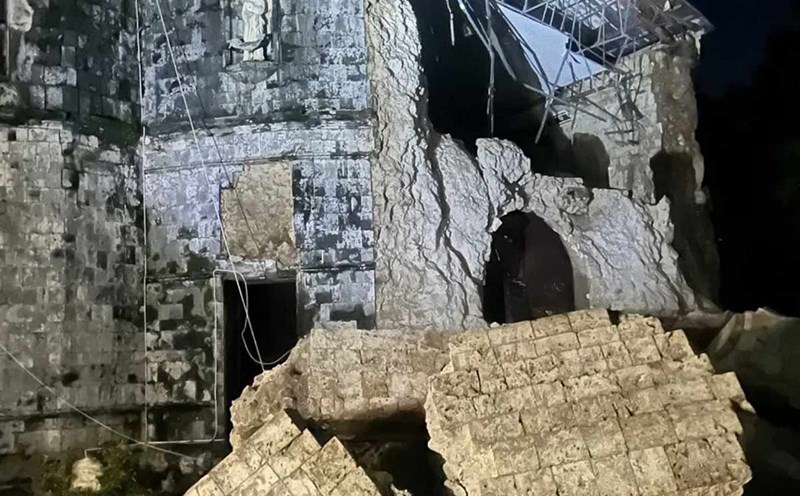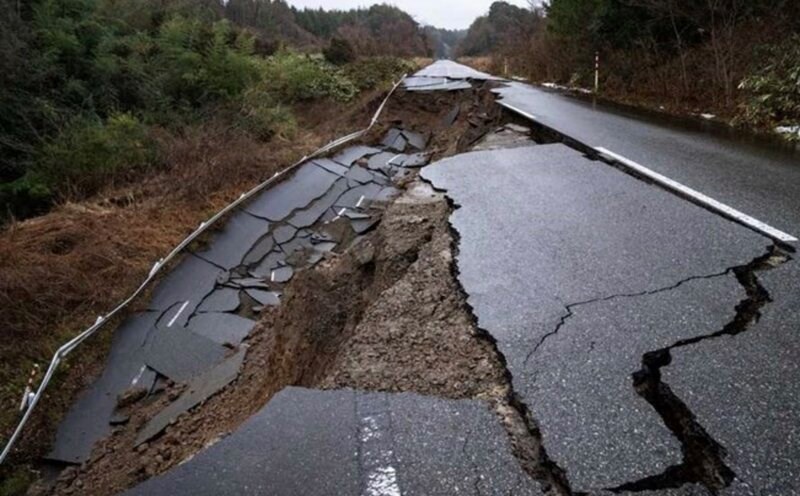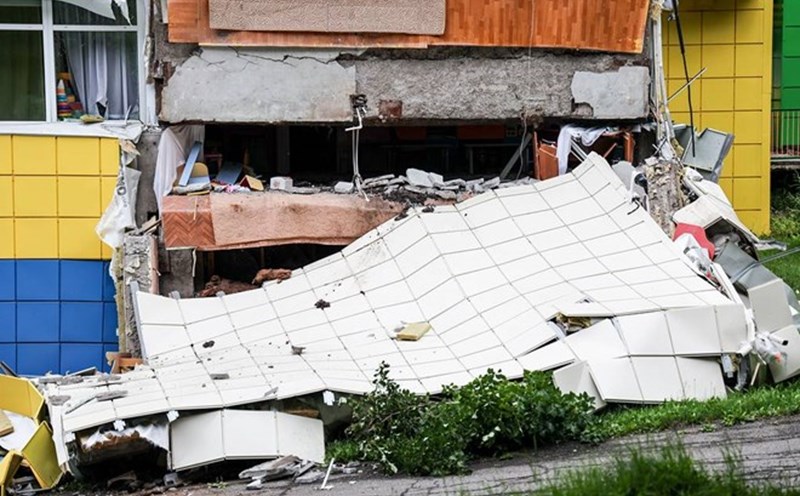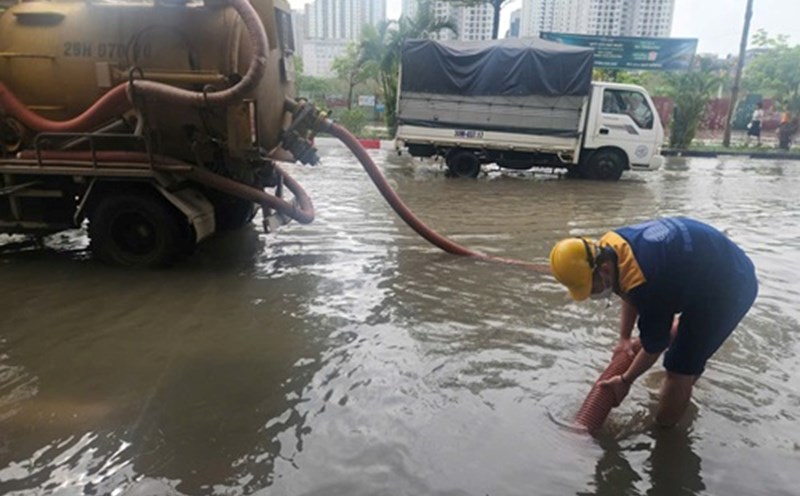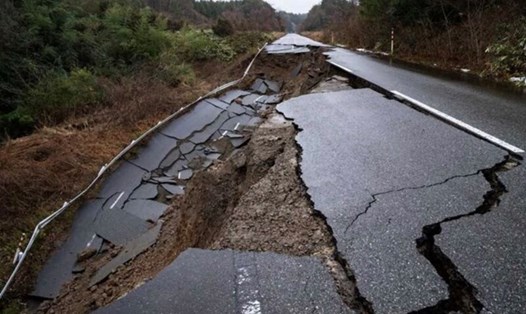The 6.9-magnitude earthquake that hit off the Philippines' central Philippines on the evening of September 30 killed at least 26 people and injured 147 others.
The National Disaster Risk Reduction and Management Council (NDRRMC) said the shocks were at a depth of about 10km. The US Geological Survey (USGS) initially recorded it as 7.0 degrees but later adjusted it to 6.9 degrees.
In Bogo City, rescue forces confirmed that at least 9 adults and 4 children died, including 3 buried in landslides. In San Remigio, 5 victims were killed, including 3 members of the Tuong Duong force who had an accident when the roof of the stadium collapsed. A young child died due to being crushed by a concrete layer. In Tabuelan, another death was reported.
Statistics show that 22 buildings collapsed or were severely damaged, including schools, restaurants and some administrative works. Six bridges and a main road in northern Philippines are currently blocked. The National Grid Power Corporation (NGCP) said many areas were without power, but most of them were restored after midnight.
The Phivolcs Meteorological Agency recorded 379 aftershocks as of the morning of October 1, including a strong 6-degree match. Although there are no Tsunami warnings, the agency recommends that people be on guard against unusual flows from the sea.
Rescuers said many people may still be trapped under the rubble in Bogo and San Remigio. Rescue work was difficult due to continuous aftershocks and darkness. The provincial government calls on medical volunteers to participate in emergency support.
In Bantayan town, many tourist attractions are cracked and the walls have collapsed. People said the noise sounded like a big explosion from the church before rocks were thrown into the square. Mr. Martham Pacilan, 25 years old, recounted that he "standing still, just waiting for the shaking to stop".

